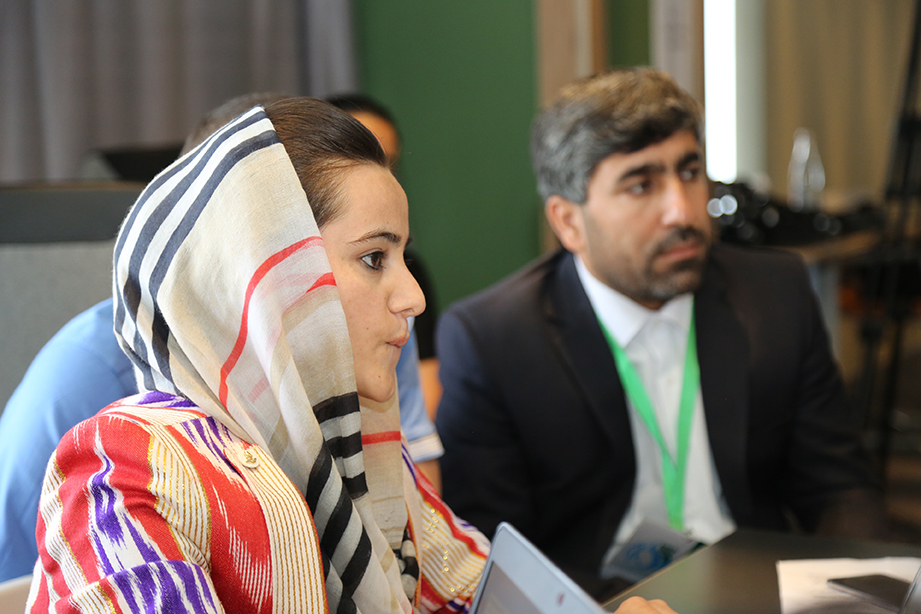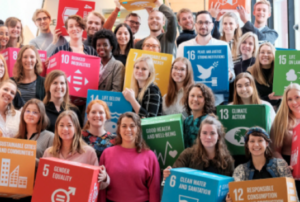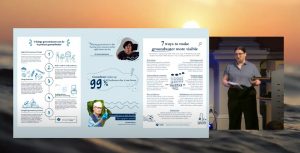- SIWI – Leading expert in water governance
- /
- Latest
- /
- Youth empowerment is about rights and results
Youth empowerment is about rights and results
SIWI recently published a working paper making the case for Youth Engagement in Water Diplomacy. The paper’s conclusions are widely applicable to many processes and make it impossible to deny that we need youth to be at the decision-making table. We spoke to two of the paper’s co-authors.

Why is it important to include youth?
Short response? It is about rights, and about results. Participation is one of the guiding principles of the Universal Declaration of Human Rights and has been reiterated in many conventions and declarations – not least the 2030 Agenda, as well as in Security Council Resolution 2250. Fundamentally, we have a right to influence our own destiny and take part in decisions affecting us. This right is by now well recognized, but when it comes to youth participation, it is far from well implemented and stronger efforts are needed to fulfill it. The second reason why youth participation is so crucial is about results. Today’s generation of youth is already the largest the world has ever known. Just by virtue of the youth population size, youth become an important stakeholder to include. While specific research on the impact of youth inclusion in decision-making processes is lacking, it has been demonstrated that inclusive processes in general have a positive impact on the sustainability of, for example, peace agreements. Youth are the future leaders of today’s processes and discussions.
Why did you want to write this paper?
The voices of youth are being increasingly heard, not least in the climate movement, but they are being excluded from key processes. While the paper focuses on water diplomacy, it is important to include youth in a valuable way in all high-level processes. We used water diplomacy to build our case as we have actual actions to draw upon such as the Central Asian Leadership Program (CALP), from CAREC, and EcoPeace MiddleEast’s “Good Water Neighbors (GWN)”. These programmes are just a few of many examples which show that actions to include and empower youth are possible and effective. There is also a challenge in engaging youth in processes: harnessing their interest in the issues and translating that into participation in such programmes and processes. It is important to connect youth to what is actually happening in processes that are ongoing right now. This turns their engagement from reactionary to participatory. At the same time, we need to engage youth champions aged over 35 to be able start to make the changes that need to happen.
Youth empowerment is one of SIWI’s cross-cutting issues, what are some first steps organizations can take to commit to youth empowerment?
Reading and digesting this paper is one of the first steps. By raising awareness of the benefits of youth empowerment – it becomes difficult for decision-makers to justify not taking action. While capacity building among youth is a strong first steep it must be part of a longer process. We need to step away from activities claiming to empower youth which enforce a one-way passage of information to youth rather than a diplomatic and empowering two-way flow of perspectives and information. Inclusion of youth must be part of an investment along entire concrete processes. For example: if youth are invited to deliver a statement at a high-level meeting, they should also be part of the decision-making process regarding the content of the meeting and their statement. They should also be invited to participate in any reflective “lessons learned” conversations or further decision-making processes based on said meeting. That is what true youth involvement and empowerment looks like. This is why it is important that we have youth champions among those aged over 35, who often lead such processes and can commit to these investments in youth empowerment.









